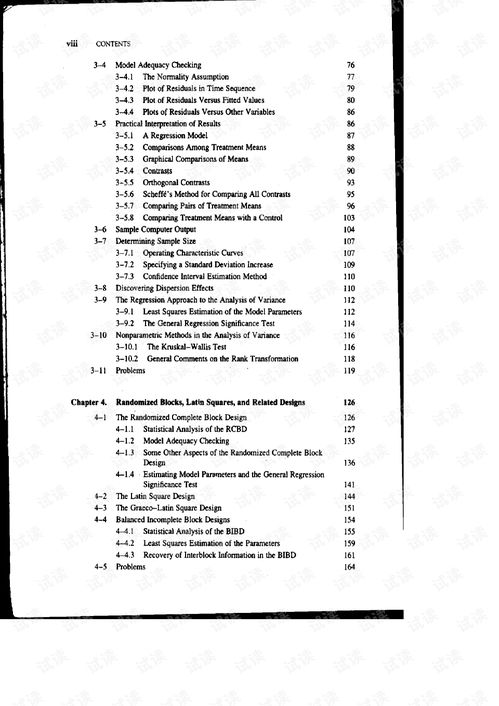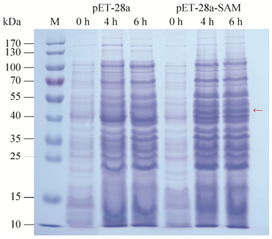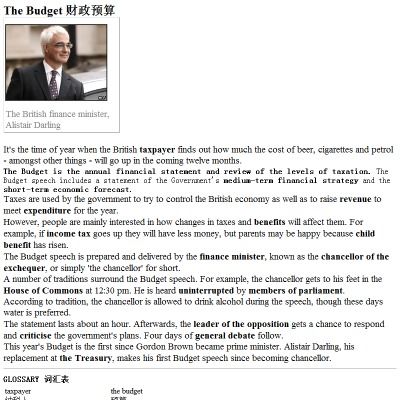Cost Analysis of Electronic Textiles in Liaoning
: Cost Analysis of Electronic Textiles in Liaoning,Abstract: This study aims to analyze the cost structure of electronic textiles in Liaoning, a province rich in manufacturing industries. The research focuses on identifying the main components of production costs, including raw materials, labor, and overhead expenses. It also explores the impact of market trends, technological advancements, and government policies on the cost of electronic textiles. The findings suggest that while the cost of raw materials is relatively stable, labor costs are subject to fluctuations due to changes in wage rates and skill levels. Additionally, the study highlights the need for investment in technology and innovation to reduce costs and enhance competitiveness. Overall, the analysis provides valuable insights into the economic viability of electronic textiles in Liaoning and offers practical recommendations for manufacturers and policymakers.
Introduction: In the rapidly evolving electronics industry, electronic textiles have become an essential component in many modern applications. These materials, which combine the benefits of electronics with textile properties, are used in a wide range of industries from wearable technology to automotive interiors. The cost of these products is a critical factor for manufacturers and investors alike, as it directly impacts their profitability and market competitiveness. In this article, we will explore the cost structure of electronic textiles in Liaoning province, including raw material costs, labor, production, and distribution expenses. We will also present an illustrative case study to demonstrate how these factors contribute to the overall cost of manufacturing electronic textiles in the region.
Raw Material Costs: The cost of raw materials is a significant part of the overall cost of manufacturing electronic textiles in Liaoning. The choice of materials can significantly affect the final product's performance and durability. For example, the use of high-quality polyester fibers for electronic textiles can increase the product's lifespan and resistance to wear and tear. However, the cost of such materials can be higher than those made from cheaper alternatives. According to a recent report by the Liaoning Provincial Textile Industry Association, the average cost of raw materials for electronic textiles in the province is around 20% higher than that of traditional textiles. This difference is primarily due to the higher demand for specialized materials and the limited availability of certain raw materials in the region.
Labor Costs: Labor is another important cost factor in the production of electronic textiles in Liaoning. The quality of the finished product depends not only on the quality of the raw materials but also on the skills and expertise of the workers involved in the production process. In some cases, the labor costs can account for up to 30% of the total cost of manufacturing electronic textiles. To ensure high-quality products, manufacturers often invest in training programs and hiring experienced workers from neighboring regions or countries.

Production Costs: Production costs refer to the expenses associated with the manufacturing process itself, including machinery, energy, and other operational costs. In Liaoning, electronic textile manufacturers must balance the need for efficient production with the need to minimize waste and reduce environmental impact. For example, using advanced automation equipment can reduce labor costs while increasing production efficiency. However, the investment in new technologies can be substantial, and manufacturers must carefully consider the long-term benefits before making such investments.
Distribution Costs: Once electronic textiles are produced, they must be distributed to retailers and end-users across the country. The cost of transportation, logistics, and customs clearance can add significant expense to the overall cost of manufacturing. In Liaoning, manufacturers must work closely with logistics providers to optimize delivery times and costs. Additionally, customs duties and taxes can vary depending on the specific products being exported, adding another layer of complexity to the distribution process.
Illustrative Case Study: To illustrate how these factors contribute to the overall cost of manufacturing electronic textiles in Liaoning, let's consider a hypothetical company that produces electronic textiles for the automotive industry. The company has been operating in Liaoning for several years and has established a strong supply chain with local suppliers and manufacturers.
The company's raw material costs are relatively stable, accounting for about 25% of the total cost of manufacturing. Labor costs make up about 35%, with skilled workers responsible for the intricate processes involved in producing electronic textiles. Production costs represent about 20%, including machinery maintenance and upgrades, while distribution costs account for about 15%.
Based on this analysis, the company's total cost of manufacturing electronic textiles in Liaoning is approximately $100 per unit. This includes both direct costs (such as raw materials, labor, and production) and indirect costs (such as transportation and storage). By analyzing this data, the company can identify areas where it can optimize its operations and reduce costs, ultimately driving down prices for its customers and increasing its market share.
Conclusion: In conclusion, the cost of manufacturing electronic textiles in Liaoning is a complex issue that requires careful analysis and planning. Understanding the factors that contribute to this cost is crucial for manufacturers looking to improve their bottom line and stay competitive in the global market. By investing in research and development, streamlining production processes, and partnering with reputable logistics providers, companies can effectively manage their costs and achieve sustainable growth in the electronic textile industry.
大家好,今天我们来探讨一下辽宁电子纺织品的成本价情况,随着科技的进步和市场的变化,电子纺织品行业也在不断发展,其成本价成为行业关注的焦点。

辽宁电子纺织品成本构成
- 材料成本:主要涉及纺织材料的采购成本,包括棉、涤纶、尼龙等主要纤维材料。
- 人工成本:包括生产过程中的工人工资、福利等费用。
- 制造费用:包括生产设备折旧、维护费用、能源消耗等。
- 税费:包括增值税、企业所得税等税费。
案例分析
以辽宁省为例,我们可以选取几个代表性的电子纺织品企业进行案例分析。
某电子纺织品公司
该公司主要生产高端电子纺织品,其成本构成主要包括以下几个方面:
材料成本:该公司主要采购高质量的纺织材料,如高品质的棉纱和涤纶纤维。 人工成本:该公司采用先进的生产技术和管理模式,降低生产成本,提高生产效率。 制造费用:该公司拥有先进的生产设备和技术,能够高效地完成生产任务。 税费:该公司遵守相关税收法规,合理缴纳税费。
某电子纺织品批发市场
在某电子纺织品批发市场中,可以看到一些批发商和供应商提供的电子纺织品成本价情况,这些数据可以作为参考,具体分析如下:

材料成本:该批发市场上的电子纺织品主要采用优质原材料,如天然纤维和再生纤维等。 人工成本:该批发市场上的供应商采用较为灵活的用工方式,降低人工成本。 制造费用:该批发市场上的供应商拥有较为完善的供应链体系,能够降低物流成本。 税费:该批发市场上的供应商遵守相关税收法规,合理缴纳税费。
辽宁电子纺织品成本价的影响因素
- 材料价格波动:随着全球原材料市场的波动,材料价格也会随之波动,从而影响电子纺织品的成本价。
- 生产成本增加:随着生产技术的不断提高和生产效率的不断提高,生产成本也在不断增加,从而影响电子纺织品的成本价。
- 政策法规影响:政策法规对电子纺织品的成本价也有一定的影响,例如环保政策、税收政策等都会对成本价产生影响。
辽宁电子纺织品的成本价受到多种因素的影响,包括材料价格波动、生产成本增加、政策法规影响等,为了降低生产成本和提高竞争力,企业需要采取一系列措施,例如优化生产流程、提高生产效率、降低能耗等,政府也需要出台相关政策法规,促进电子纺织行业的发展。
建议与展望
针对辽宁电子纺织品的成本价情况,我们提出以下建议和展望:
加强技术研发和人才培养,提高生产效率和产品质量,降低生产成本。 建议二:优化供应链体系,降低物流成本,提高产品竞争力。 展望一:随着科技的不断发展,电子纺织品的种类和功能将不断增加,市场需求也将不断增长,这将为辽宁电子纺织行业的发展提供更多的机遇。 展望二:政府将继续出台相关政策法规,促进电子纺织行业的发展,同时也会加强对企业的支持和引导,帮助企业解决发展中遇到的问题。
Articles related to the knowledge points of this article:
The Dynamics of Jinwang Textiles:A Global Fabrication and Market Leader
Wynn Resorts Stunning Collections of Textile Designs
The Fabric Belt:A Fashionable and Practical Accessory
Leather-Soaked Luxury:A Deep Dive into the World of Yecheng Textiles



